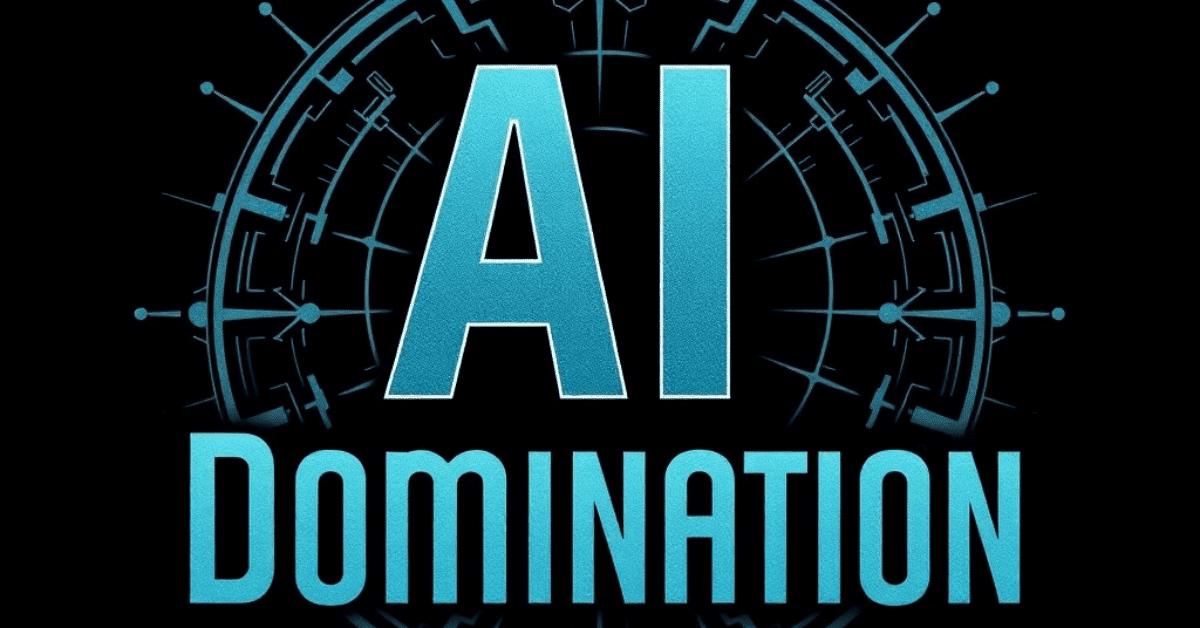Table of Contents
Over the past few years, AI-enhanced robotics have emerged as a fundamental element in the development and management of smart cities. These advanced machines help optimize your urban environment by improving public services, enhancing safety, and ensuring efficient resource management. With technology evolving rapidly, you can expect these robots to address pressing challenges such as traffic congestion, waste management, and energy consumption. As you explore this transformative wave of innovation, you will gain insights into how robotics integrate seamlessly into your daily life, paving the way for a more sustainable and connected future.
Key Takeaways:
- AI-enhanced robotics enable real-time data analysis and decision-making, leading to improved efficiency in urban services such as transportation, waste management, and public safety.
- Integration of autonomous robots in smart cities promotes resource optimization, reducing energy consumption and lowering operational costs for municipalities.
- The collaboration between
AI and robotics fosters enhanced citizen engagement, providing personalized services and facilitating seamless interactions within urban environments.
The Evolution of Robotics in Urban Environments
For centuries, urban environments have transformed alongside advancements in technology, and robotics has played a pivotal role in this evolution. As cities have expanded, integrating various systems to improve efficiency, the emergence of intelligent machines has redefined how you interact with your surroundings. From automating basic tasks to enhancing infrastructure, robotics has become indispensable in creating smart, sustainable cities.
Historical Context
The development of robotics dates back to ancient civilizations, where simple mechanisms were employed to perform repetitive tasks. Over the years, innovations in engineering and computing paved the way for more sophisticated machines that began to integrate into everyday urban life, setting the stage for the smart cities you see today.
Technological Advancements
Around the globe, technological advancements have significantly shaped robotics in urban environments. Innovations such as Artificial Intelligence, advanced sensors, and machine learning have enabled robots to perform complex tasks with increasing autonomy and precision. This has led to greater efficiency in sectors like public transportation, waste management, and emergency response, making your daily life smoother and safer.
To meet the ever-growing demands of urban living, robotics technology has continuously advanced, integrating features that enhance both safety and functionality. You benefit from autonomous vehicles that reduce traffic congestion, smart drones for efficient delivery, and robotic arms assisting in construction. These innovations not only improve productivity but also minimize human error, creating a safer urban experience. However, you must also be aware of the potential risks, such as cybersecurity threats and job displacement, as cities adopt these transformative technologies.
AI Integration in Robotics
One of the most transformative aspects of smart cities is the integration of
Machine Learning Algorithms
About machine learning algorithms, they form the bedrock of
Real-time Data Processing
Before choosing to integrate
Indeed, when it comes to urban environments, real-time data processing is a game-changer. By leveraging sensors and advanced
Applications of AI -Enhanced Robotics in Smart Cities
All around the globe,
Public Safety and Security
Behind the scenes,
Transportation and Mobility Solutions
Above all,
In fact,
Infrastructure Management through Robotics
Despite the rapid urban expansion, effective infrastructure management remains a complex challenge for cities worldwide. With the integration of
Maintenance and Inspection
Behind the scenes, robotics technology is revolutionizing maintenance and inspection processes. Drones and autonomous robots can access hard-to-reach areas, perform regular inspections, and detect potential issues before they escalate, saving both time and money in the long run.
Smart Waste Management
Through the use of
Management of waste in urban areas is increasingly becoming a high priority. By employing
Challenges in Implementing AI -Enhanced Robotics
After recognizing the potential of
Ethical Considerations
At the forefront of implementing
Technical Limitations
Limitations in current technology pose significant hurdles for
Consequently, it’s vital to address data integrity to ensure that
Future Prospects of Robotics in Smart Cities
To harness the potential of robotics in smart cities, innovative technologies are continuously being developed and integrated. These advancements aim to enhance transportation systems, improve resource management, and create safer urban environments. As robotics evolves, you’ll find that cities become more interconnected and adaptive, leading to transformative changes in how you experience urban living.
Innovations on the Horizon
Along with advances in artificial intelligence, the robotics industry is working on technologies such as autonomous drones, smart mobility solutions, and interactive service robots. These innovations are expected to revolutionize logistics, public transport, and tourism, ultimately providing you with more efficient and seamless experiences in your daily life.
Long-term Impact on Urban Living
Cities will undergo significant transformations as robotics become a core element of urban design and infrastructure. A smart city equipped with robotic solutions will lead to safer neighborhoods through enhanced surveillance systems and more efficient public services, allowing you to enjoy a higher quality of life. However, there are also concerns about job displacement and privacy issues, which will require thoughtful regulations to ensure that technological advancements benefit everyone. Ultimately, the integration of robotics has the potential to create a more sustainable and resilient urban landscape for you and future generations.
Summing up
Presently,
Q: What role does AI play in enhancing robotics for smart cities?
A:
Q: How do AI -enhanced robots contribute to urban safety and security?
A:
Q: What are some challenges in implementing AI -driven robotics in smart city infrastructure?
A: Implementing

